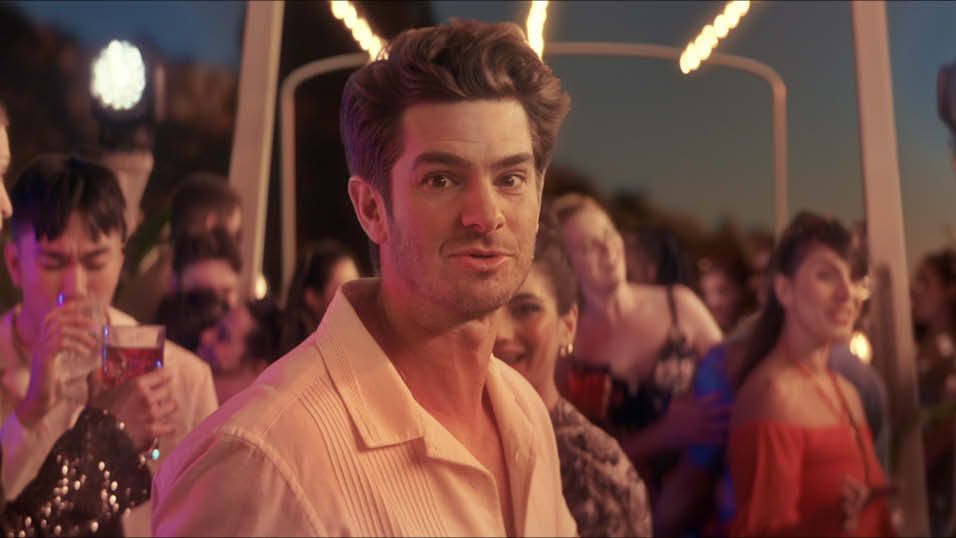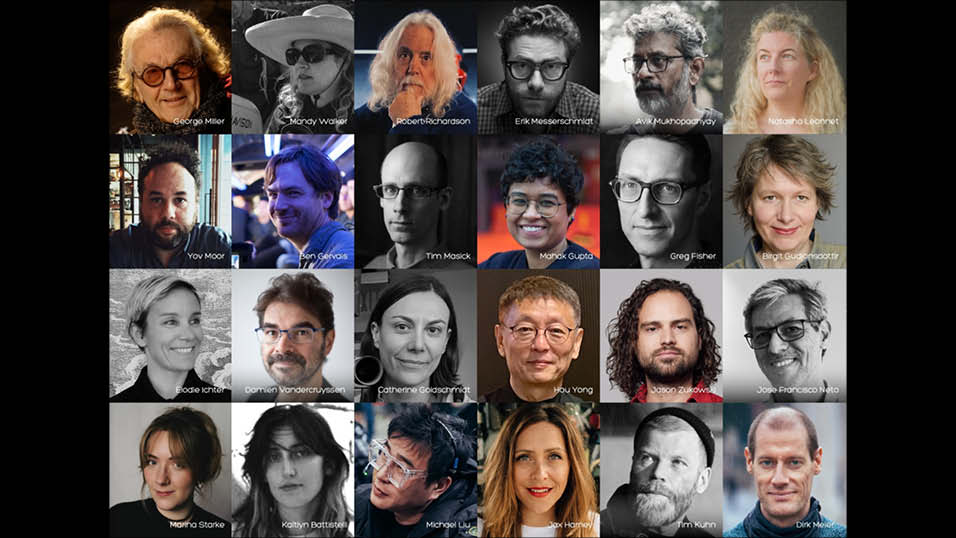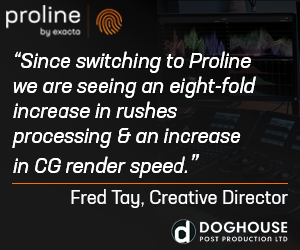Epic Games has released Unreal Engine 5.4.
Notable in UE 5.4 are new features for broadcast (Unreal Engine Motion Design Mode, previously known as Avalanche), and for virtual production (including Unreal’s virtual camera app, Unreal VCam, on Android for the first time).
Unreal Engine Motion Design Mode: a game-changing environment meticulously crafted to empower motion graphics designers with precisely tailored tools. The thoughtfully designed layout ensures seamless workflow initiation and sustained productivity. Equipped with specialized tools for the 2D canvas and an enhanced world outliner featuring intuitive hierarchies, Motion Design Mode provides a comprehensive suite including 3D shapes, cloners, effectors, modifiers, animators, and features for non-linear animations. This dedicated mode is engineered to elevate the motion graphics design experience, offering a robust and user-friendly platform for designers to bring their creative visions to life. Over 300 companies and 550 individuals have been beta-testing Unreal Engine Motion Design Mode since last year. CBS Sports used numerous Unreal Engine tools to deliver the stunning Super Bowl LVIII motion graphics package designed around the Las Vegas strip. CBS Sports also used Unreal Engine to kick off the show opener with an XR promo shoot at the MSG Sphere and live AR graphics during the game. Even VR scouting tools were used to previs the on-site locations before the big game.
Unreal VCam for Android: now available on Google Play. The new release of Unreal VCam will enable virtual production-ready cinematography in real time from any Android device. This is the same app that has been known as Live Link VCAM and only available on iOS until now. Unreal VCam enables filmmakers to translate traditional concepts like camera lensing, framing, and movement into Unreal Engine’s digital realm. Record realistic camera takes that can be further fine-tuned in editor to create elegant final compositions when assembled in Unreal Engine’s Sequencer. Review early set environments through the lens, previs shot cameras before a shoot, capture real takes during principal photography, create a new shot in post, or all of the above.
Jon Creamer
Share this story


















